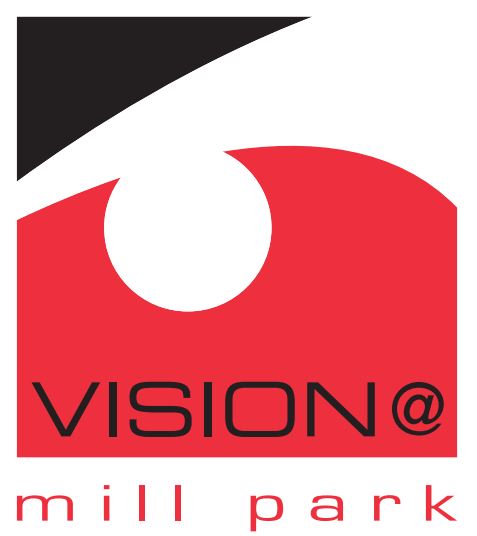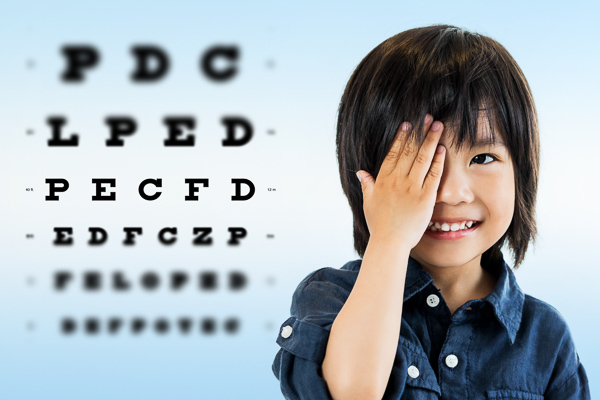Myopia Management
Myopia, or shortsightedness, occurs when the eyeball grows longer than average, resulting in blurry vision for far distances. It has become more common in children- the prevalence among Australian 12 year olds has doubled in 6 years! Myopia in kids tends to get worse throughout childhood as they continue to grow- we like to take a proactive approach and talk about what you can do to slow down progression in your child’s eye as early as possible
Why am I shortsighted or myopic?
There are many risk factors which affect how myopic someone may be. These include
- Family history – a person with one myopic parent has 3x the risk of developing myopia or 6x the risk of both parents are myopic
- Amount of time spent on near tasks such as screen time
- Amount of time spent outdoors
- How close you hold something when looking at it
- Incorrect glasses wear (such as under or over correction)
Why should we consider myopia management?
The more myopic you are, the harder it is to see without glasses. This means you become more reliant on glasses for any activities such as sport, or even for walking around the house.
Being myopic is related to increased risk of eye disease such as retinal detachments and myopic maculopathy, and once the eye grows and becomes myopic, it is unable to be reversed.
If the eye is growing quickly, you are also more likely to have blurry vision between appointments and have an increased cost to update your glasses and contact lenses.
What are my options for myopia management?
All of our optometrists are trained in all myopia management options and stay up to date with the latest research and developments. We assess your risk factors, lifestyle and preferences to recommend a treatment plan. This plan can also be altered as time passes, but generally the following options need to kept up until mid to late teens, or adulthood if you are still showing signs of progression.
Myopia control glasses
Glasses are a great option for kids or adults who already wear frames and are comfortable wearing them. They are generally less fuss to put on in the morning and need to be worn all the time. We offer both Hoya Miyosmart glasses which uses D.I.M.S technology and Essilor Stellast glasses which uses H.A.L.T technology to slow down eye growth. Both types of glasses come with a 6 month warranty in case the eye changes in this time, but are more costly than plain lenses.
Orthokeratology
Orthokeratology or Ortho-K is a method where a hard contact lens acts as a mould and is applied to the eye while asleep. The gentle pressure exerted on the cornea, or surface of the eye overnight results in the temporary molding of the outer layers, providing “lens like” effects for the user. The effects last all day, providing vision for users without wearing glasses or contact lenses during their waking hours. The effects are dramatic and free people from issues with glasses or regular contact lenses such as sports and swimming. Orthokeratology lenses require cleaning daily and are custom made to your eye so must be highly cared for.
Myopia Control Soft Contact Lenses
Myopia Control Soft Contact Lenses are worn in the same as regular soft contact lenses. We recommend daily disposable lenses for the best hygiene and safety profile called MiSight lenses from Coopervision. The lenses need to be worn at least 5 days a week and 10 hours a day to be effective. They have the advantage of being more comfortable to wear than orthokeratology lenses and as they are thrown out at the end of the day, there is less cleaning involved and no issue if the lens is lost.
Eye drops
Atropine eye drops, has been found in several studies to reduce the progression of myopia and are best for people who do not need vision correction all the time. We can also add atropine eye drops to myopic people who may be progressing quickly. The drops are compounded- meaning they are made specially at a very low dose so there are minimal side effects, and must be purchased at a compounding pharmacy. Atropine eye drops must be used every night, and like any medication, if they are not used regularly, they will not be effective in reducing myopic progression.
How do I know if my myopia management plan is working?
All patients entering a myopia management plan will have their eye length measured with an optical biometry scan. This allows us to track your baseline eye length or axial length, and we can plot how quickly your eye is growing against age-normal graphs. Especially in young children, we expect some eye growth with age. Ideally the myopia management plan will slow down the eye growth to age-normal levels and we can show this graph to you at each visit.
We love talking about myopia and you do not need a referral to see us for myopia management. For further reading we recommend the following websites:
- For more information about the types of myopia management and contact lenses: Visit My Kids Vision
- To simulate myopia: See what it is like to my myopic
Call us on 9460 9133 or make an appointment via our website.

